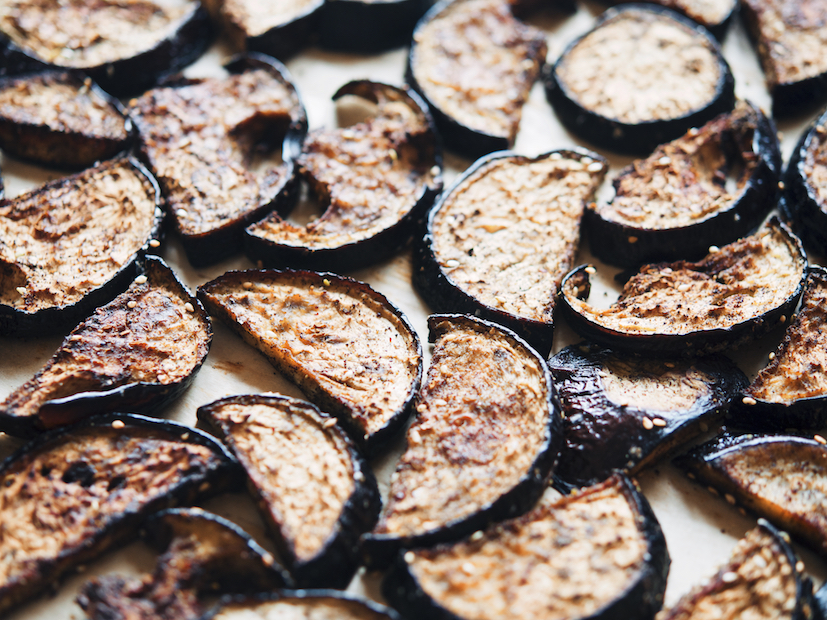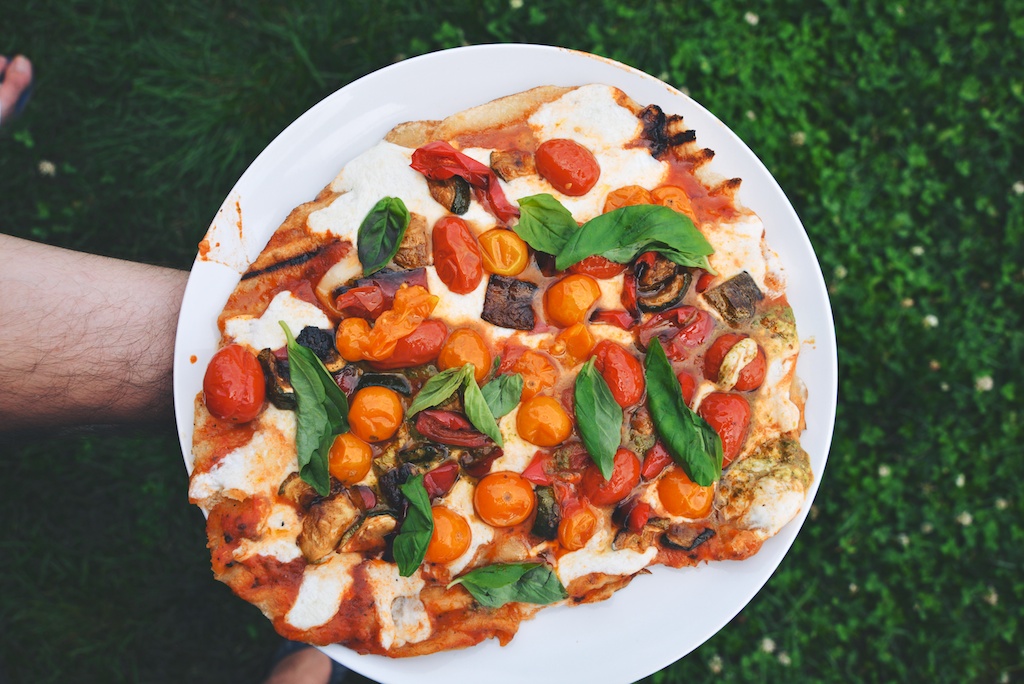I know we’re teetering on the edge of eggplant’s departure from the market, but I’ve been tinkering with this recipe for a while, and I wanted to get it right before it landed here.
The non-aubergine portion was lifted from a French-Tunisian family friend, who made it for the Frenchman and me when she came to stay. (She served it with herb-rubbed, falling-off-the-bone chicken thighs. You can too.) It was a luxury to be cooked for, and to be taken care of so well through food. Pine nuts browned sumptuously in butter! The lemon-tinged warmth of sumac and za’atar! Cumin, harissa, and cinnamon, too. It’s actually a perfect inauguration to fall.
I asked for the recipe, and scribbled down the offhand recounting of a cook who has fashioned a dish so often, measurements are not longer consciously considered. I searched google for corroboration of spice quantities, and rice to meat ratios, but quickly realized no consensus: this dish is made, in various forms, across the Levant. Sometimes with lamb, or beef, or chicken. Often it includes peas and carrots, and other spices; almonds too. This rice and meat mixture–helpfully called “mixed rice”–is used judiciously in recipes across the region, frequently to stuff vegetables, wine or cabbage leaves.
What this recipe is not: the quintessential version of Ouzi, which anyway goes by other names and spelling variations. What it is: very tasty. A recipe filtered through this cook’s interpretation of a French-Tunisian-living-in-Cairo’s version of her Palestinian mother-in-law’s cooking, made with ingredients she found in my kitchen, in Jersey City, NJ. That sentence was exhausting, but the point is: make this for someone you care about.
(This dish is equally good, if not better, on the second or third day after cooking.)
Read more


























